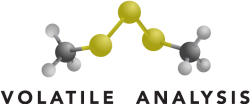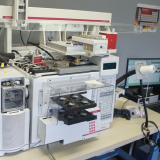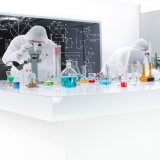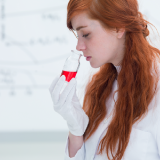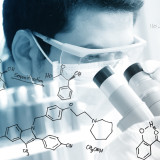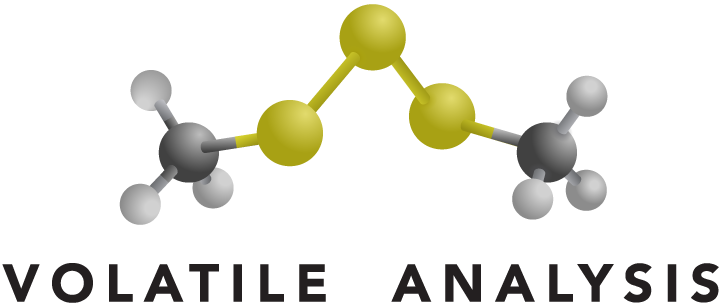
Environmental
Description of Industry
The environmental industry is affected by a very broad spectrum of odors that range from agriculture to work place environment. Environmental firms are often the first consultants contacted regarding odor problems for facilities, landfills, and individual cities. Eventually, after spending thousands of dollars attempting to mitigate an odor problem through traditional methods, a company specialized in the nuances of aroma chemistry such as Volatile has to be engaged to solve the problem. This is due most importantly because many odorous chemicals are not visible on a chromatogram with standard GC-MS. Volatile provides the special skills and instrumentation needed to solve these type problems.
Applicable Services
What we do
Environmental testing laboratories are experts at their trade. VAC works alongside these experts providing odor chemistry expertise and techniques to solve odor problems.
Odor Investigation
We utilize the most advanced scientific techniques and instruments currently available to detect and measure volatile chemicals responsible for odor. We utilize gas chromatography-mass spectrometry/ olfactometry to quickly determine what retention index values from a chromatogram correspond with odor. This capability dramatically improves our capability to identify trace level chemicals responsible for off-odors.
Odor Analysis GC-MS/O
Gas chromatography-mass spectrometry/olfactometry provides the very best technique to quickly resolve off-odor issues. This method requires a trained odor judge to sniff GC effluent and rate odor character and intensity. This information is coupled by retention time automatically via software to GC-MS chromatogram data to allow for rapid odor identification. Our sensory and analytical team have more than 20 years experience with odor, analytical, and organic chemistry, and sensory analysis. Read more about our GC-MS/O Odor Analysis service by clicking HERE.
Quantitative Chemical Analysis
Accurately and precisely measuring what chemical, and how much is present, are the goals of quantitative chemical analysis. VAC utilizes state of the art GC-MS and GC-MS-MS to provide the most accurate volatile chemical measurement capabilities available anywhere. To learn more about this process click HERE. Want to begin a project immediately? Go to our On-Demand tool HERE.
Odor Baseline Establishment
Baseline GC-MS/O measurements have proved extremely helpful to our clients because they establish the aroma and chemical profile of a product considered good. When odor problems arise new GC-MS/O analyses can rapidly determine what chemical changes occurred compared with a product considered good to allow for production process examination and off odor mitigation. For more on this service click HERE.
Odor Strategy Development
Strategies depend on variables such as the state of material (liquid, solid, gas), chemical type of suspected odorant (some chemicals must be treated different due to unique characteristics), quantity of material available, accuracy of odor descriptors, to name a few.
Based on answers to an initial questionnaire we will utilize the most appropriate and advanced scientific techniques and instruments currently available to detect and measure volatile chemicals responsible for odor. To find out more about our Odor Strategy Development service click HERE.
